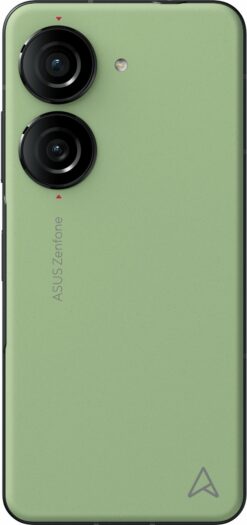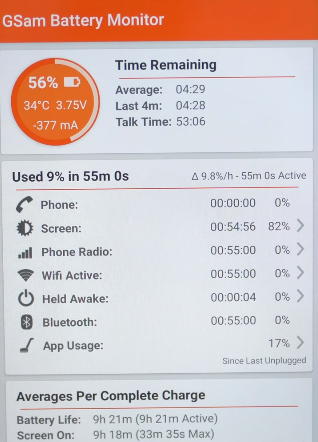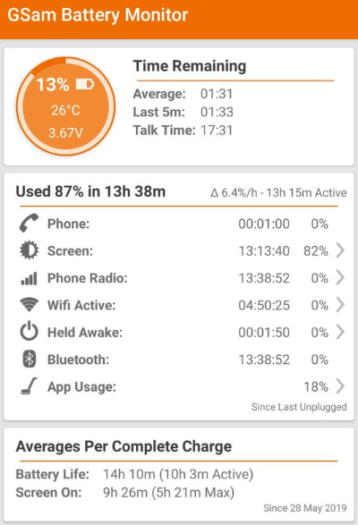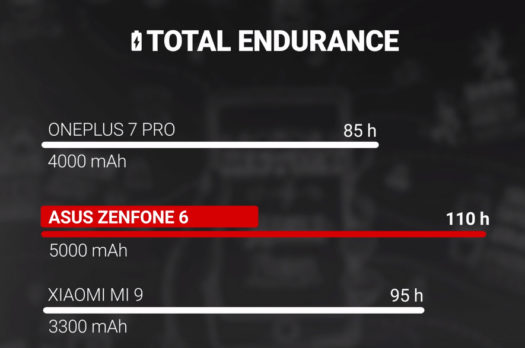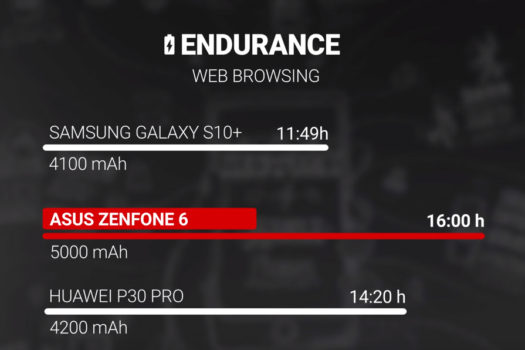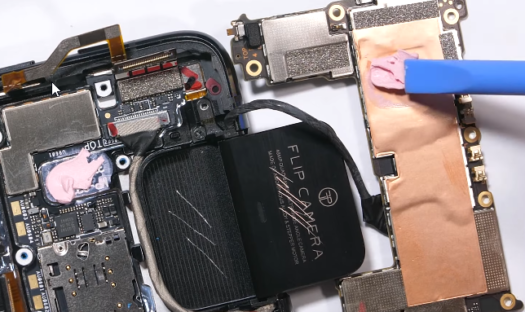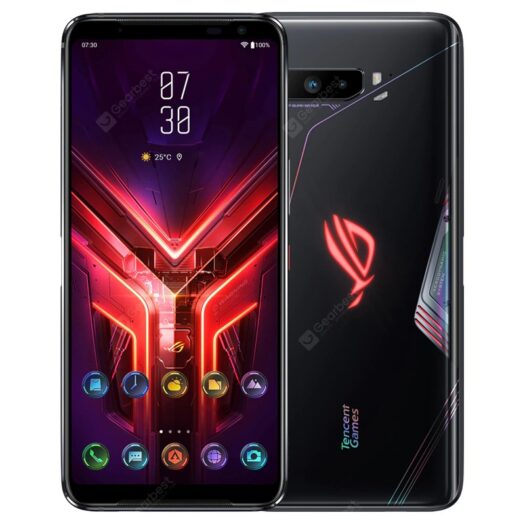Over a number of years, there has been one consistent desire from ZenFone users. Long battery life. ASUS has been consistent with having large battery ZenFone models in the likes of their Max series. For whatever reason, ASUS only put big batteries in their more budget focused models. It seems the magic formula was to put a large battery in their flagship model because the ZenFone 6 stands out among the competition and people are raving about it. Let’s break down the ZenFone 6 battery life and see if the hype is real.
Screen-on time aka SOT is a worthwhile number to look at. There are a number of reviewers and users who have shared their ZenFone 6 screen-on time performance and compared their findings to similar Snapdragon 855 smartphones.
Note: It’s always good to keep in mind that the ZenFone 6 software version makes a difference as well. We’ve noted the dates of various SOT results to help provide more accuracy and context. ASUS rolls out optimizations and improvements with each new (monthly) software update so improvements for screen-on time will continually improve over time.
Gizmoddict is a YouTuber with a lot of mobile phone experience. The channel has access to all of the top smartphones and here is what they found. The ZenFone 6 screen-on time performance was 7 hours to 7.5 hours of battery life. Gizmoddict compares that result to the Samsung Galaxy S10+ and the OnePlus 7 Pro that give around 5 hours to 5.5 hours of screen-on time.
XDA Developer forum members have posted the ZenFone screen on time as well. Here are some of their results:
- 75% battery remaining after 3-hours of screen-on time (SOT) – early firmware version
- 6% battery life remaining after 9-hours and 12-minutes of screen-on time (SOT) – early firmware version
- 11 hours of screen-on time (SOT)
- 63% battery life remaining after 4-hours of screen-on time (SOT) – early June firmware version
- 45% battery life remaining after 7-hours of screen-on time (SOT) – early June firmware
- 39% battery life remaining after 10-hours and 47-minutes of screen-on time – early June firmware version
- 47% battery life remaining after 9-hours and 20-minutes of screen-on time – note that mobile data was off – early June firmware version
- 28% battery life remaining after 8-hours and 30-minutes of screen-on time – early June firmware version
- 3% battery life remaining after 9-hours and 12-minutes of screen-on time – mid June firmware version
- 64% battery life remaining after 5-hours and 8-minutes of screen-on time – mid June firmware version
- 3% battery life remaining after 14-hours and 7-minutes of screen-on time – mid June firmware version
- 15% battery life remaining after 11-hours and 8-minutes of screen-on time – mid June firmware version
- 54% battery life remaining after 5-hours and 53-minutes of screen-on time – late June firmware version
If we could summarize the user reviews of the ZenFone 6 screen-on time from the XDA Developer community? Those folks are genuinely impressed. Everyone is positive and impressed with the results. It looks like ASUS is gaining support from the “power users” they are targeting with their ZenFone series.
Another well-respected YouTuber by the name of “TechTablets.com” shows some benchmark results of the ZenFone 6 battery life. Losing about 9% battery per-hour under heavy use. Gaming, using camera, benchmarking. Says it’s a “two-day” battery life phone for most users. Those were his early findings, but after a bit more time using the phone, his conclusions were even better. He says, “ZenFone 6 battery life is crazy good.” He got 13-hour screen-on time (SOT) with a late May firmware version running on his ZenFone 6. He suggests that some users may get 3-days use from one charge with light usage!
GSMArena.com is also a highly respected mobile phone review comparison website. They found like the other reviews already mentioned, that the ZenFone 6 has stellar battery life compared to the competition. In a “total endurance” test, the ZenFone 6 gets 110-hours, the OnePlus 7 Pro gets 85-hours and the Xiaomi Mi 9 gets 95-hours. In their web browsing endurance test, the ZenFone 6 gets 16-hours in comparison to the Huawei P30 Pro that gets 14-hours and 20-minutes and the Samsung Galaxy S10+ that gets 11-hours and 49-minutes.
Folks, we have a winner here. The ZenFone 6 dominates the flagship smartphone category in terms of battery life. Keep in mind that many of these results are from early software/firmware versions so you can expect even more efficient battery life as ASUS is able to better optimize the software over time. Few things are more important than battery life when it comes to a mobile phone. If you are losing patience waiting for a chance to buy a ZenFone 6, this may be a reminder that it’s worth waiting for.
Sources:
TechTablets.com YouTube
GSMArena.com
XDA Developers
Gizmoddict YouTube

